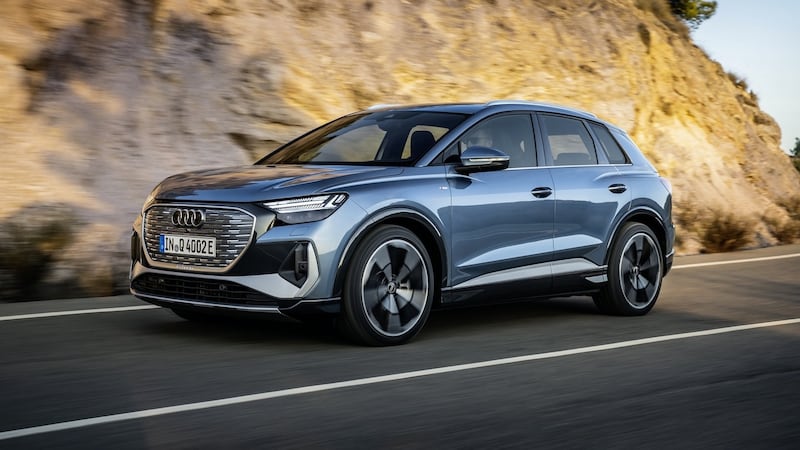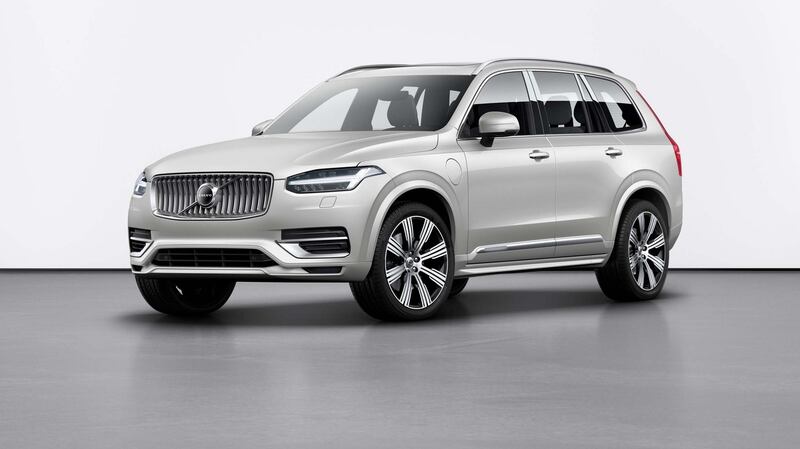Buying a new car always involves choices. With the move to electric vehicles (EVs) accelerating, there are more factors to consider than ever.
Hybrids offer customers the opportunity to reduce both their CO2 and local pollution impacts. They still run on fossil fuel, but consume less than a car which runs on petrol only, with lower emissions of CO2, toxins and particulates than a diesel car.
“The efficiency gains come from recovering kinetic energy through regenerative braking, storing it as electric energy in a battery and re-using it when accelerating,” says Jeremy Warnock, product manager at Renault.


“As well as improved efficiency, an efficient hybrid like the Clio E-Tech Hybrid or the forthcoming Arkana E-Tech Hybrid can also run for a brief time on electric power only – for example you can switch to electric mode when arriving at school or driving through a busy housing estate.”
The key benefit for customers is ease of use. “There’s no need to change habits as you still fill with petrol, while running costs are definitely better than petrol and on a par with diesel,” he says.
Next up is the plug-in hybrid or PHEV.
To significantly reduce both emissions and fuel costs you really need to be running on electricity sourced from the grid or, if you’re really good at all this, from your own solar panels.
“The easiest transition to at least partial electric driving is through a plug-in hybrid. Renault’s Captur and Megane E-Tech Plug-in hybrids offer an electric-only range of up to 50km. Given that the average daily mileage of an Irish motorist is about 45km, this is enough for most people’s daily driving while an efficient petrol engine and regenerative braking ensure that longer journeys can be achieved without the need to recharge,” he says.
The great thing about electric cars is that technology has advanced rapidly in the last few years
As long as you have dedicated off-street parking, the SEAI will provide a grant to assist in the installation of a home charger.
Getting cleaner
For low-emissions driving the fully electric car is the gold standard. “These emit no CO2 while driving, and as Ireland’s grid is getting cleaner year by year, an EV’s net emissions will also reduce as time goes by,” says Warnock.
Based on comparisons within Renault’s range, it estimates a saving in fuel costs of about 75 per cent when comparing home-charging with petrol use.
“The great thing about electric cars is that technology has advanced rapidly in the last few years. The latest Renault ZOE has a range of 395km, and even though higher speed driving may reduce that slightly, a ZOE can still travel from Dublin to Galway or Cork without stopping,” says Warnock.
According to David Thomas, managing director of Volvo Car Ireland, Ireland is in the second tier of fast followers within Europe, behind the Nordic markets and Netherlands, but, for Volvo at least, “well ahead of the rest”.
He believes plug-in hybrids are a good first step.
“PHEVs offer a very practical route towards electrification as the charging infrastructure and customer acceptance for full electrification are not yet in place, PHEVs allow customers to use their cars in fully electric mode for shorter journeys,” says Thomas.
Volvo’s real-life data for its PHEV models shows them being used in electric mode for more than 40 per cent of the time. “This allows customers to get used to plugging their car in at home and in the office so is a very effective gateway to a fully electric car at a later date.
“The downside of PHEVs is that on longer journeys an ICE (internal combustion engine) car, specifically diesel, will be more economical. If a customer is making trips from Dublin to the west of Ireland several times a week they will not see the same benefits and currently might be better with an ICE car. For the majority of customers using their cars for shorter journeys a PHEV will be better than ICE.”
Volvo has a PHEV offer for every model in its range and a long history from its first Diesel PHEV in 2012 and its Petrol PHEVs from 2014. It is currently launching its first commercially available EV on the XC40, offering fully electric driving with a range of 418km.
New variants
Audi’s electric car share has doubled in the past 12 months since it launched new variants of the Audi e-tron model. It is launching two new electric models during the summer, the new Q4 e-tron and its flagship e-tron GT.
“We expect our electric car model share to grow substantially for the rest of 2021 and in 2022,” says Richard Molloy, head of marketing at Audi Ireland.
Customers have been reassessing their lifestyle needs during the pandemic
It also launched its plug-in hybrid range this year. It means that for the July registration period, customers will have a choice of eight Audi plug-in models, from the A3 TFSIe to the Q8 TFSIe.
“Customers have been reassessing their lifestyle needs during the pandemic. Our sales teams want to learn from our customers what are their lifestyle needs from a new car. Core questions customers should consider when looking at either electric or plug-in choices include annual mileage, urban, motorway or rural daily driving conditions and access to home-charging facilities.”
He believes plug-in hybrids offer a good middle ground for those not willing to take to the leap into fully electric motoring.
“Take the A3 TFSIe, it has range of up to 65km on the electric motor – perfect around town. And when you want to hit the open road you have the combined power and performance of the 2.0 TFSI petrol engine,” says Molloy.
Very often what is hard to decide on paper becomes clear behind the wheel.
“Driving is believing,” says Molloy. “The instant torque on offer from an electric motor is a lot of fun.”












